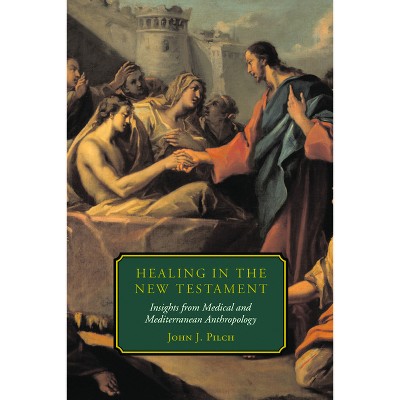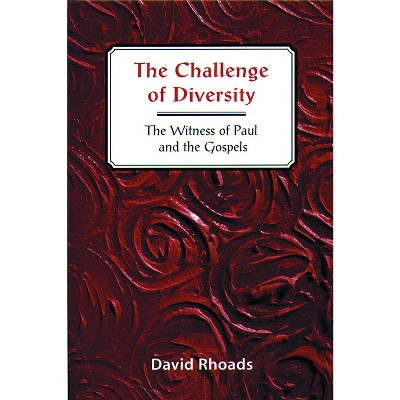Sponsored

Ascension and Sacrifice - by David M Moffitt (Hardcover)
Pre-order
Sponsored
About this item
Highlights
- Many modern interpreters assume that Levitical sacrifice involves slaughtering animals on altars, focuses on what offerers give up, and involves abstract notions of moral satisfaction.
- Author(s): David M Moffitt
- 375 Pages
- Religion + Beliefs, Biblical Criticism & Interpretation
Description
About the Book
From the perspectives of Levitical sacrifice and the conceptual movement in the incarnation of the Son away from and then back to the Father, Jesus's sacrifice cannot be reduced to his death. This book argues that the incarnate Son moves in the direction of Jewish sacrifice when he returns to his Father's heavenly presence.Book Synopsis
Many modern interpreters assume that Levitical sacrifice involves slaughtering animals on altars, focuses on what offerers give up, and involves abstract notions of moral satisfaction. These ideas do not align with the cultural knowledge of Second Temple Jews who would know that no animals are killed on any altars in Levitical sacrifice. Moreover, for them the conceptual center of sacrifice rested on giving a gift to God, not on what an offerer gives up. The gift moves from an offerer, to a priest, to an altar, and so into God's presence as part of the real dynamics of covenantal relationship. When these and other points are grasped, the early Christian confession of the return of the risen Son to his heavenly Father can be meaningfully understood in terms of the Son's offering of himself as a sacrifice to his Father. This book looks in detail at the ways that Second Temple Jews could have imagined Levitical sacrifice in order to then consider how Jesus's earliest followers could have imagined Jesus as a sacrifice offered to God.
Shipping details
Return details
Frequently bought together

Trending Non-Fiction
















